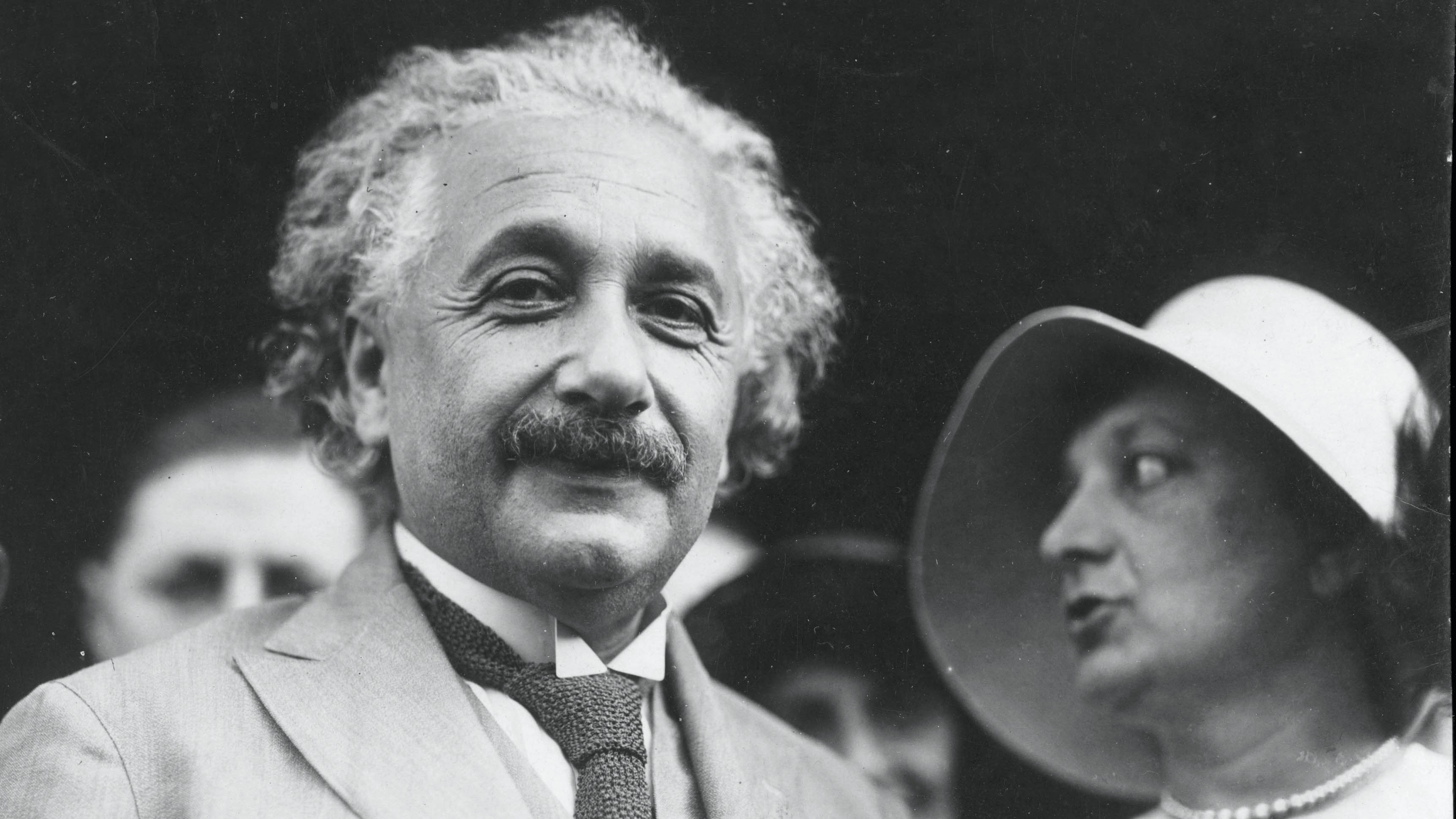Biomolecules, Vol. 14, Pages 434: Serum Neuron-Specific Enolase as a Biomarker of Neonatal Brain Injury—New Perspectives for the Identification of Preterm Neonates at High Risk for Severe Intraventricular Hemorrhage
Biomolecules doi: 10.3390/biom14040434
Authors: Dimitra Metallinou Grigorios Karampas Maria-Loukia Pavlou Maria-Ioanna Louma Aimilia Mantzou Antigoni Sarantaki Christina Nanou Kleanthi Gourounti Maria Tzeli Nikoletta Pantelaki Evangelos Tzamakos Theodora Boutsikou Aikaterini Lykeridou Nicoletta Iacovidou
Neonatal brain injury (NBI) is a critical condition for preterm neonates with potential long-term adverse neurodevelopmental outcomes. This prospective longitudinal case–control study aimed at investigating the levels and prognostic value of serum neuron-specific enolase (NSE) during the first 3 days of life in preterm neonates (<34 weeks) that later developed brain injury in the form of either periventricular leukomalacia (PVL) or intraventricular hemorrhage (IVH) during their hospitalization. Participants were recruited from one neonatal intensive care unit, and on the basis of birth weight and gestational age, we matched each case (n = 29) with a neonate who had a normal head ultrasound scan (n = 29). We report that serum NSE levels during the first three days of life do not differ significantly between control and preterm neonates with NBI. Nevertheless, subgroup analysis revealed that neonates with IVH had significantly higher concentrations of serum NSE in comparison to controls and neonates with PVL on the third day of life (p = 0.014 and p = 0.033, respectively). The same pattern on the levels of NSE on the third day of life was also observed between (a) neonates with IVH and all other neonates (PVL and control; p = 0.003), (b) neonates with II–IV degree IVH and all other neonates (p = 0.003), and (c) between control and the five (n = 5) neonates that died from the case group control (p = 0.023). We conclude that NSE could be an effective and useful biomarker on the third day of life for the identification of preterm neonates at high risk of developing severe forms of IVH.

 1 month ago
24
1 month ago
24


